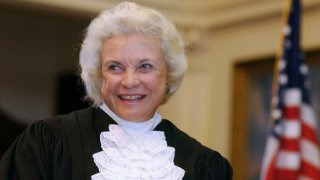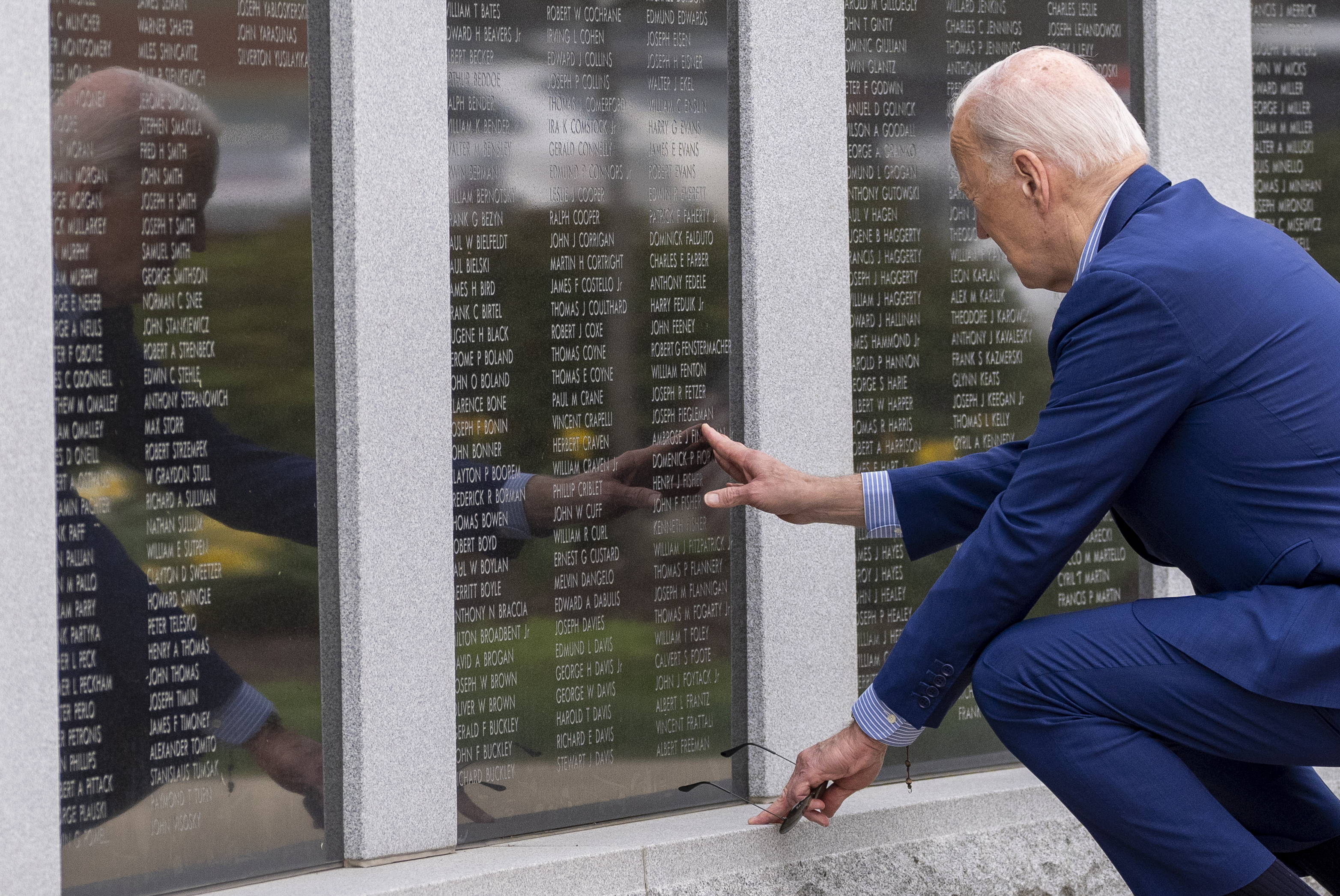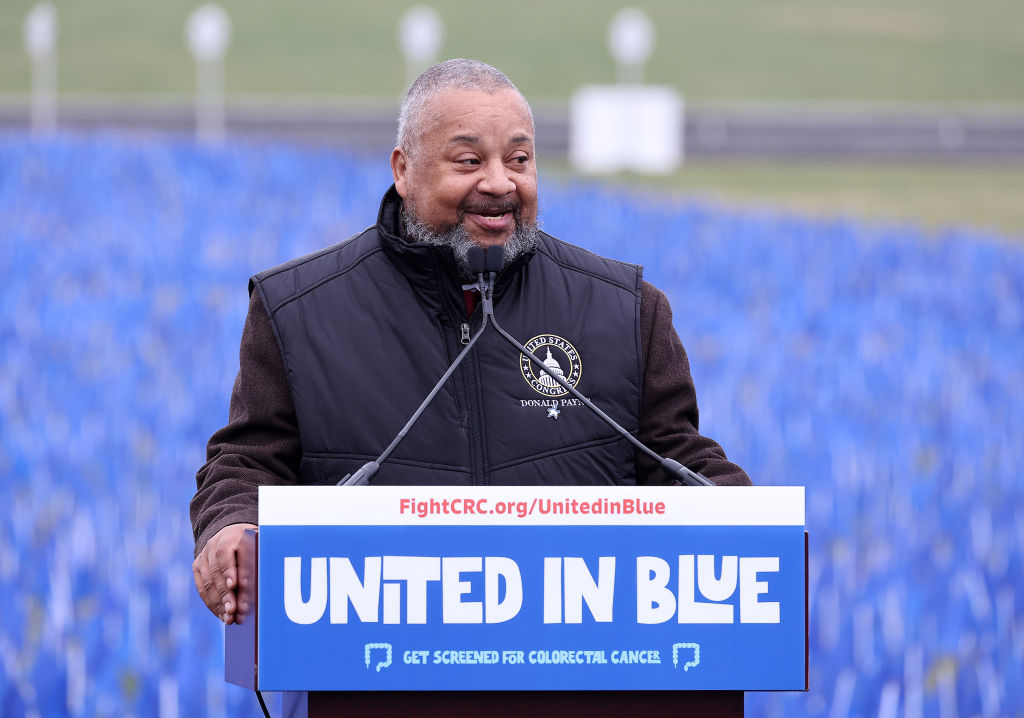
Retired Supreme Court Justice Sandra Day O’Connor, an unwavering voice of moderate conservatism and the first woman to serve on the nation’s highest court, died Friday. She was 93.
O’Connor died in Phoenix, of complications related to advanced dementia and a respiratory illness, the Supreme Court said in a news release.
Chief Justice John Roberts mourned her death. “A daughter of the American Southwest, Sandra Day O’Connor blazed an historic trail as our Nation’s first female Justice," Roberts said in statement issued by the court. “She met that challenge with undaunted determination, indisputable ability, and engaging candor.”
In 2018, she announced that she had been diagnosed with “the beginning stages of dementia, probably Alzheimer’s disease.” Her husband, John O’Connor, died of complications of Alzheimer’s in 2009.
Get Connecticut local news, weather forecasts and entertainment stories to your inbox. Sign up for NBC Connecticut newsletters.
O’Connor’s nomination in 1981 by President Ronald Reagan and subsequent confirmation by the Senate ended 191 years of male exclusivity on the high court. A native of Arizona who grew up on her family’s sprawling ranch, O’Connor wasted little time building a reputation as a hard worker who wielded considerable political clout on the nine-member court.
The granddaughter of a pioneer who traveled west from Vermont and founded the family ranch some three decades before Arizona became a state, O’Connor had a tenacious, independent spirit that came naturally. As a child growing up in the remote outback, she learned early to ride horses, round up cattle and drive trucks and tractors.
“I didn’t do all the things the boys did,” she said in a 1981 Time magazine interview, “but I fixed windmills and repaired fences.”
U.S. & World
On the bench, her influence could best be seen, and her legal thinking most closely scrutinized, in the court’s rulings on abortion, perhaps the most contentious and divisive issue the justices faced. O’Connor balked at letting states outlaw most abortions, refusing in 1989 to join four other justices who were ready to reverse the landmark 1973 Roe v. Wade decision that said women have a constitutional right to abortion.
Then, in 1992, she helped forge and lead a five-justice majority that reaffirmed the core holding of the 1973 ruling. “Some of us as individuals find abortion offensive to our most basic principles of morality, but that can’t control our decision," O’Connor said in court, reading a summary of the decision in Planned Parenthood v. Casey. “Our obligation is to define the liberty of all, not to mandate our own moral code.”
Thirty years after that decision, a more conservative court did overturn Roe and Casey, and the opinion was written by the man who took her high court seat, Justice Samuel Alito. He joined the court upon O’Connor’s retirement in 2006, chosen by President George W. Bush.
In 2000, O’Connor was part of the 5-4 majority that effectively resolved the disputed 2000 presidential election in favor of Bush, over Democrat Al Gore.
O’Connor was regarded with great fondness by many of her colleagues. When she retired, Justice Clarence Thomas, a consistent conservative, called her “an outstanding colleague, civil in dissent and gracious when in the majority.”
She could, nonetheless, express her views tartly. In one of her final actions as a justice, a dissent to a 5-4 ruling to allow local governments to condemn and seize personal property to allow private developers to build shopping plazas, office buildings and other facilities, she warned that the majority had unwisely ceded yet more power to the powerful. “The specter of condemnation hangs over all property,” O’Connor wrote. “Nothing is to prevent the state from replacing ... any home with a shopping mall, or any farm with a factory.”
O’Connor, whom commentators had once called the nation’s most powerful woman, remained the court’s only woman until 1993, when, much to O’Connor’s delight and relief, President Bill Clinton nominated Justice Ruth Bader Ginsburg. The current court includes a record four women.
The enormity of the reaction to O’Connor’s appointment had surprised her. She received more than 60,000 letters in her first year, more than any one member in the court’s history. “I had no idea when I was appointed how much it would mean to many people around the country,” she once said. “It affected them in a very personal way. People saw it as a signal that there are virtually unlimited opportunities for women. It’s important to parents for their daughters, and to daughters for themselves.”
At times, the constant publicity was almost unbearable. “I had never expected or aspired to be a Supreme Court justice," she said. “My first year on the court made me long at times for obscurity.”
Following her retirement, O’Connor expressed regret that a woman had not been chosen to replace her. O’Connor remained active in the government even after she retired from the court. She sat as a judge on several federal appeals courts, advocated for judicial independence and served on the Iraq Study Group. She also was appointed to the honorary post of chancellor at the College of William and Mary in Virginia.
O’Connor cited her husband’s struggle with Alzheimer’s disease as her primary reason for leaving the court. After moving into an assisted living center, John O’Connor struck up a romance with a fellow Alzheimer’s patient, a relationship experts say is not uncommon among people with dementia. The retired justice was relieved that he was comfortable and happy at the center, according to her son, Scott.
On the bench, O’Connor generally favored states in disputes with the federal government. She often sided with police when they faced claims of violating people’s rights. In 1985, she wrote for the court as it ruled that the confession of a criminal suspect first warned about his rights may be used as trial evidence, even if police violated the suspect’s rights in obtaining an earlier confession.
A 1991 decision written by O’Connor said police do not violate the Constitution’s ban against unreasonable searches and seizures when they board buses and randomly ask passengers to consent to being searched. In a 1994 decision, O’Connor said police officers need not stop questioning and seek clarification when a criminal suspect makes what might have been an ambiguous request for legal help.
O’Connor wrote for the court in 1992, when it said prison guards violate inmates’ rights by using unnecessary physical force even if no serious injuries result, and in 1993, when it ruled that employers may be guilty of illegal sexual harassment even in the absence of any psychological harm.
In 2004, O’Connor wrote the majority opinion that went against the Bush administration in ruling that an American citizen seized on the Afghanistan battlefield can challenge his detention in U.S. courts. “We have long since made clear that a state of war is not a blank check for the President when it comes to the rights of the Nation’s citizens,” O’Connor wrote.
O’Connor once described herself and her eight fellow justices as nine firefighters: “When (someone) lights a fire, we invariably are asked to attend to the blaze. We may arrive at the scene a few years later."
O’Connor announced her retirement in a one-sentence written statement. She cited her age, then 75, and said she “needs to spend time” with her family. Her official resignation letter to Bush was similarly succinct. “It has been a great privilege indeed to have served as a member of the court for 24 terms,” the justice wrote. “I will leave it with enormous respect for the integrity of the court and its role under our constitutional structure.”
“For an old ranching girl, you turned out pretty good,” Bush told her in a private call not long after receiving her letter, an aide said. Then, in the Rose Garden outside the Oval Office, he praised her as “a discerning and conscientious judge and a public servant of complete integrity.”
O’Connor was 51 when she joined the court to replace the retired Potter Stewart. A virtual unknown on the national scene until her appointment, she had served as an Arizona state judge and before that as a member of her state’s Legislature.
The woman who climbed higher in the legal profession than had any other woman did not begin her career auspiciously. As a top-ranked graduate of Stanford’s prestigious law school, class of 1952, O’Connor discovered that most large law firms did not hire women.
One Los Angeles firm offered her a job as a secretary. Perhaps it was that early experience that shaped O’Connor’s professional tenacity. While workweeks typically stretched to 60 hours or more, she found time to play tennis and golf. Before her husband developed Alzheimer’s, they danced expertly and made frequent appearances on the Washington party circuit.
O'Connor's survivors include her three sons, Scott, Brian and Jay, six grandchildren and a brother.
In late 1988, O’Connor was diagnosed as having breast cancer, and she underwent a mastectomy. She missed just two weeks of work. That same year, she had her appendix removed.
O’Connor was embarrassed in 1989 after conservative Republicans in Arizona used a letter she had sent to support their claim that the United States is a “Christian nation.” The 1988 letter, which prompted some harsh criticism of O’Connor by legal scholars, cited three Supreme Court rulings in which the nation’s Christian heritage was discussed.
O’Connor said she regretted the letter’s use in a political debate. “It was not my intention to express a personal view on the subject of the inquiry,” she said.
Funeral plans were not immediately available.



